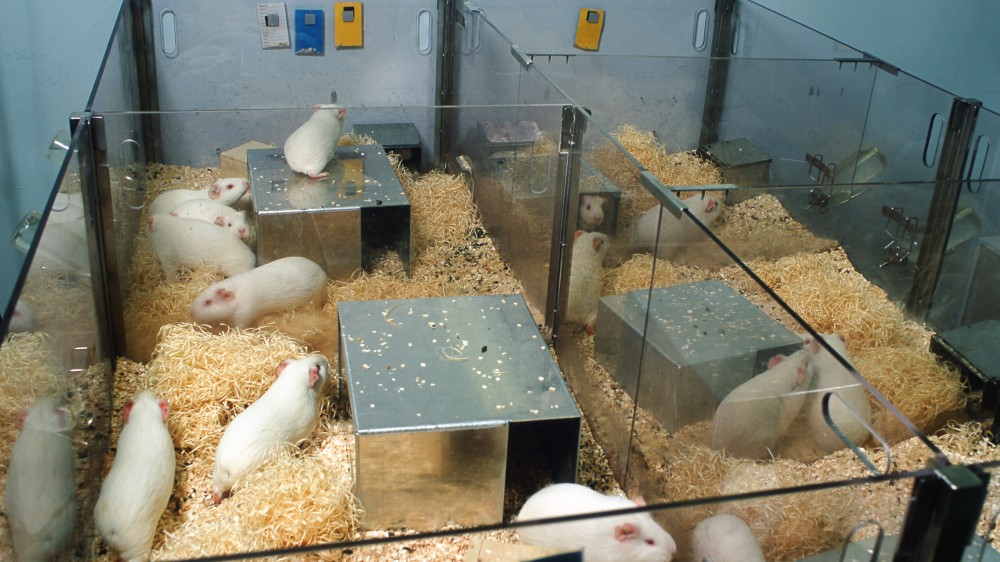Practical welfare refinements to support positive change in day-to-day practice.

Practical welfare refinements to support positive change in day-to-day practice.

A webinar exploring how optimising housing and handling can improve both zebrafish welfare and data quality.

A joint webinar from the NC3Rs/RSPCA Animals in Science department on refining the use of amphibians in research.
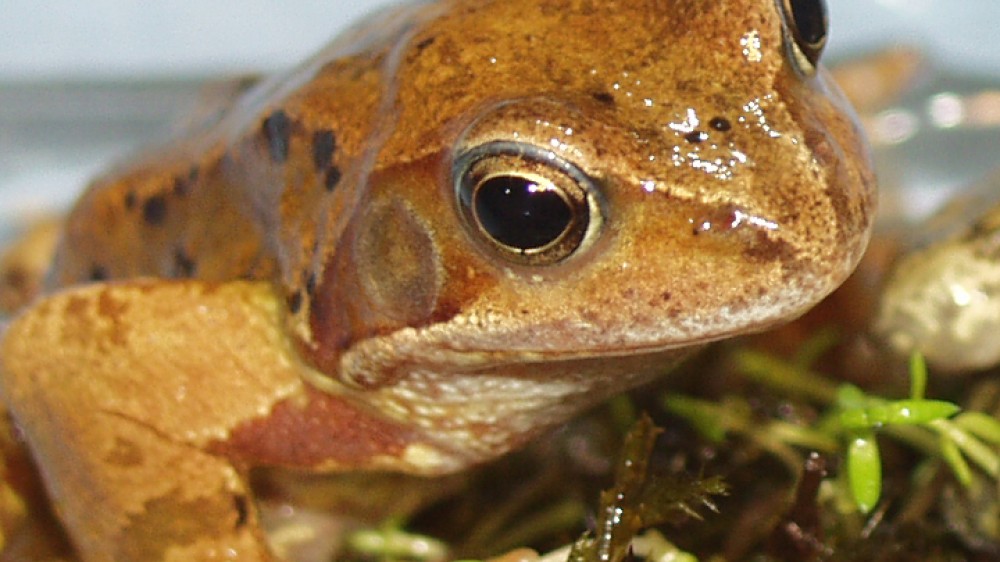
A framework to improve the lives of laboratory rodents through refined management approaches.

Information to help refine the housing and husbandry of the laboratory mouse.
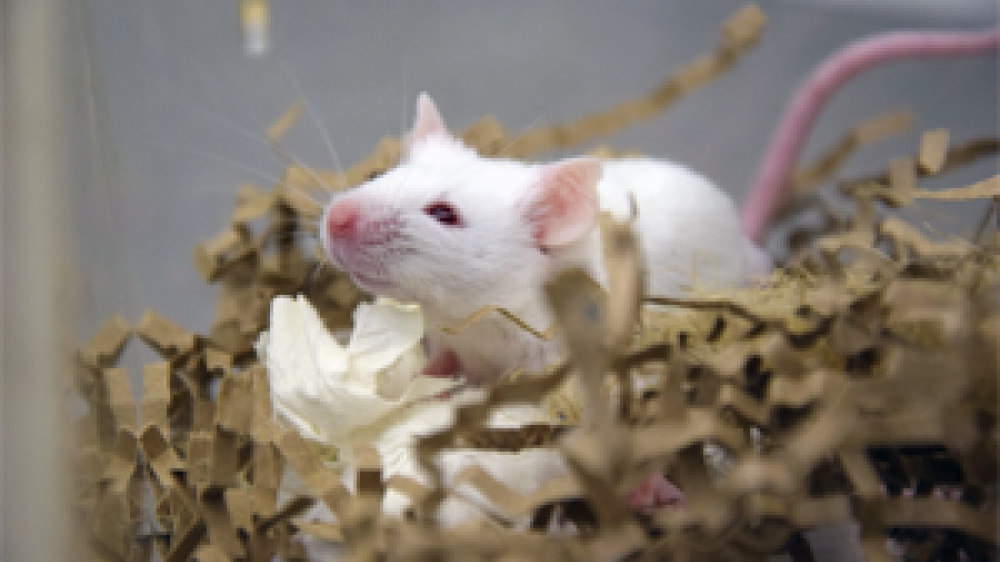
Guidance, information and recommendations for those working with zebrafish.
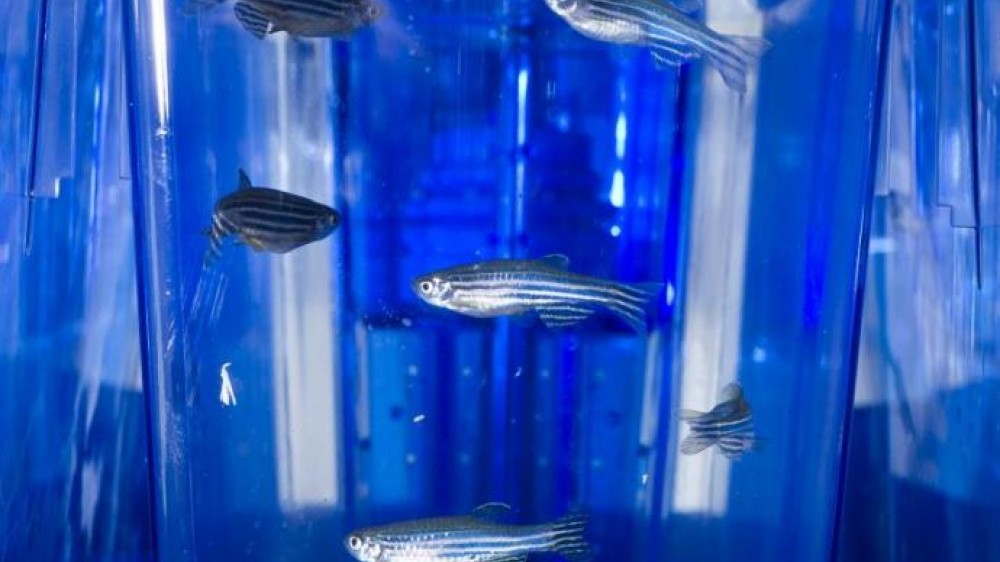
Recommendations for reducing aggression between group-housed male mice.
Practical advice on calculating how many matings to set up, including available breeding calculator tools.

Guidance on best practices in confirming, archiving and maintaining strains.
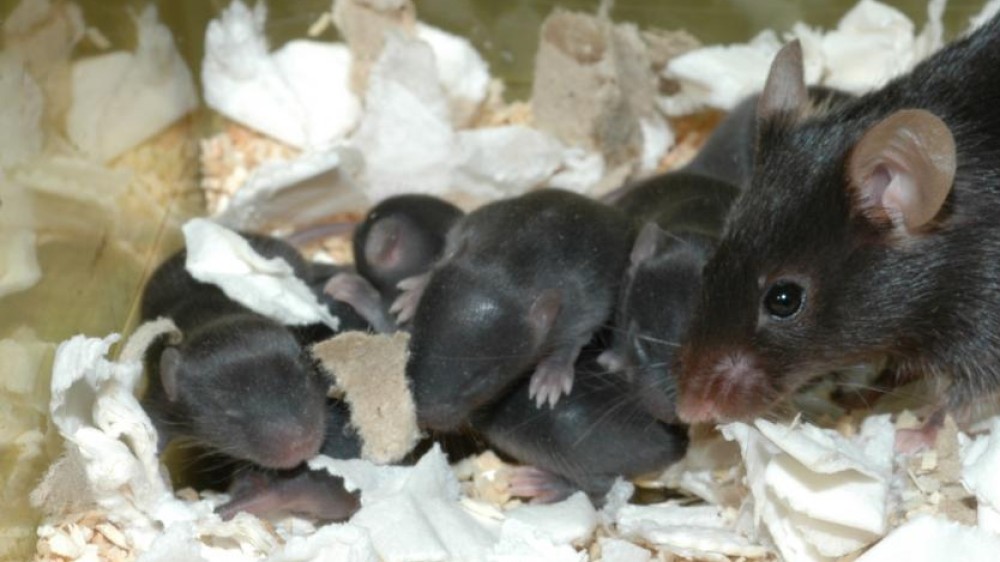
Answers to some of the most often asked questions on breeding and maintaining GA mouse colonies.

A high level introduction to best practice in mouse colony management, including confirming, archiving and maintaining mouse strains.

Webinar on the pioneering approach to implementing refinements for handling mice and rats by Research Institutes of Sweden (RISE).

Archiving can provide a back-up to production colonies, minimise genetic drift, reduce the need for tick-over colonies and preserve valuable models.
Supporting technicians in assessing the welfare impact of enrichment.
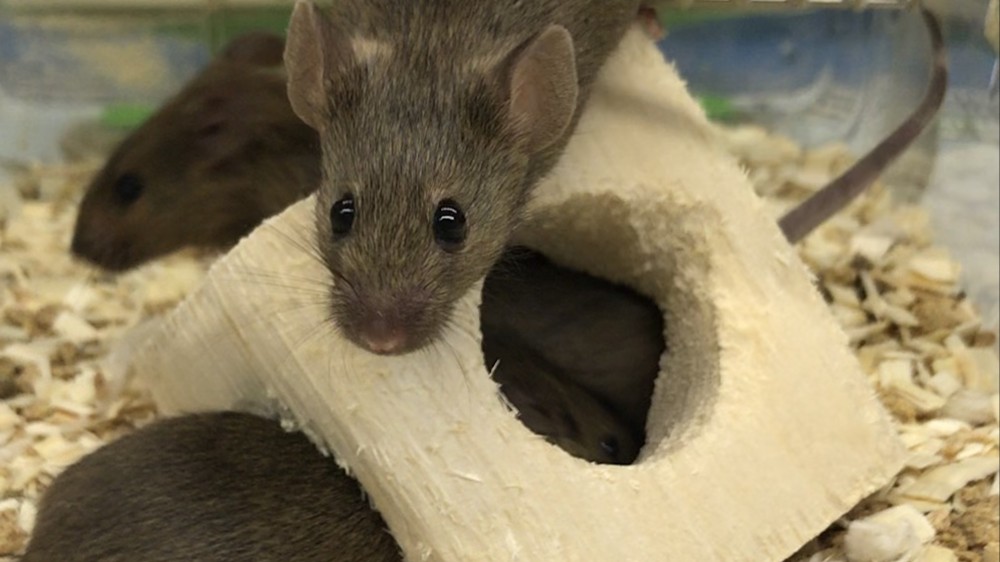
Guidance on modifying our example protocols to design your own studies.
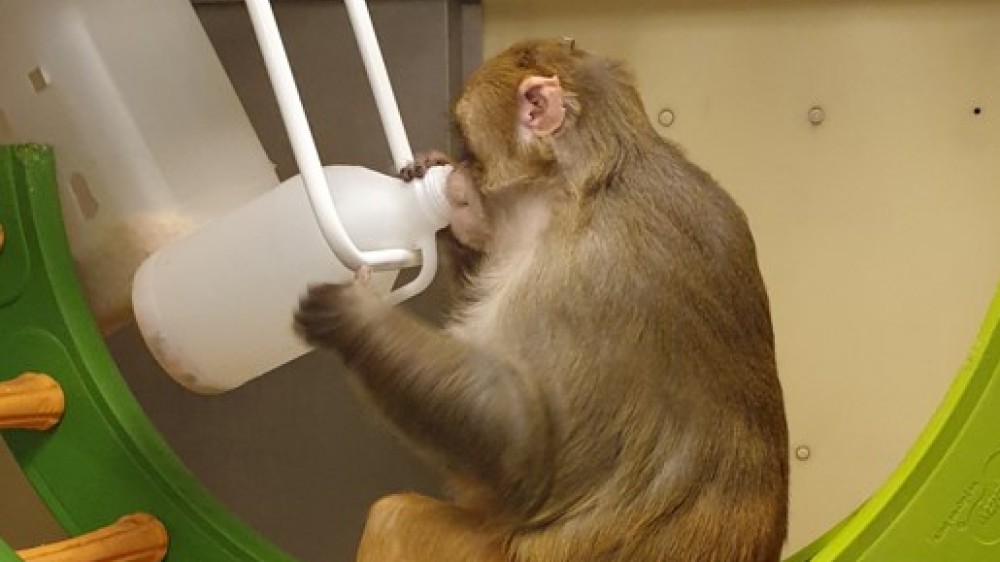
Guidance on using motivation tests to evaluate environmental enrichment.
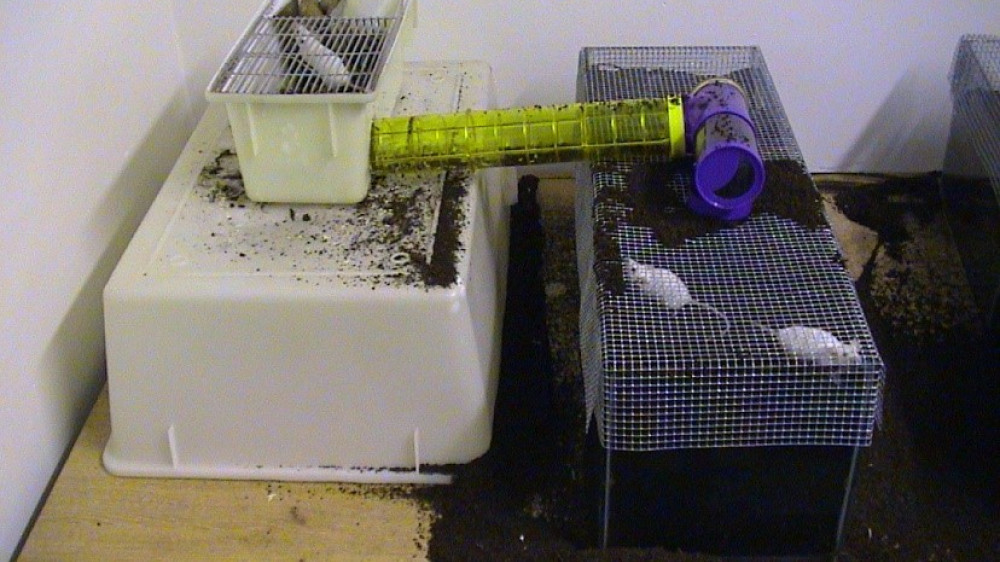
Guidance on using ethograms to evaluate environmental enrichment, including examples.
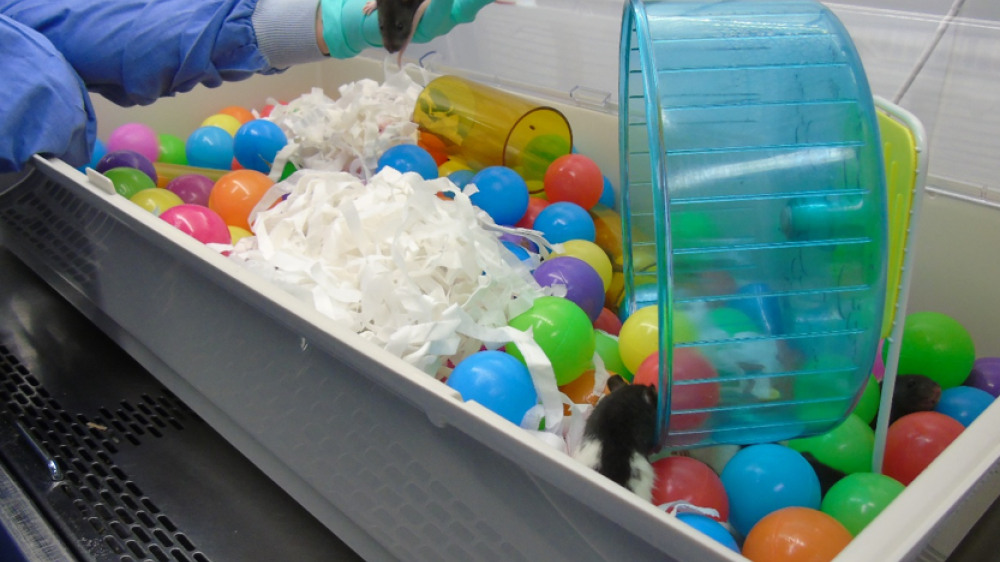
Guidance on using preference tests to evaluate environmental enrichment.
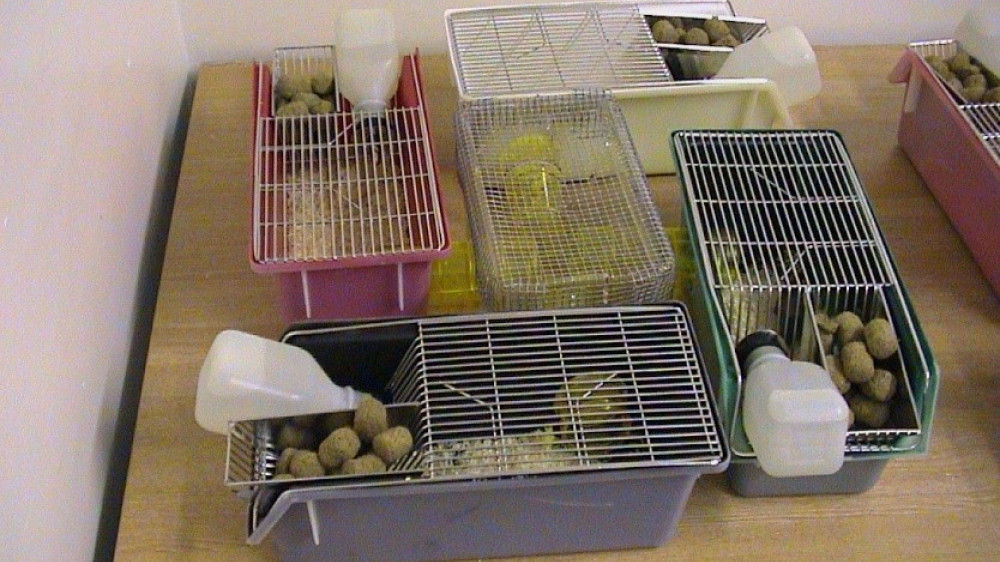
Guidance on how to conduct an evaluation of environmental enrichment.

Information to help refine the housing and husbandry of the laboratory rabbit.
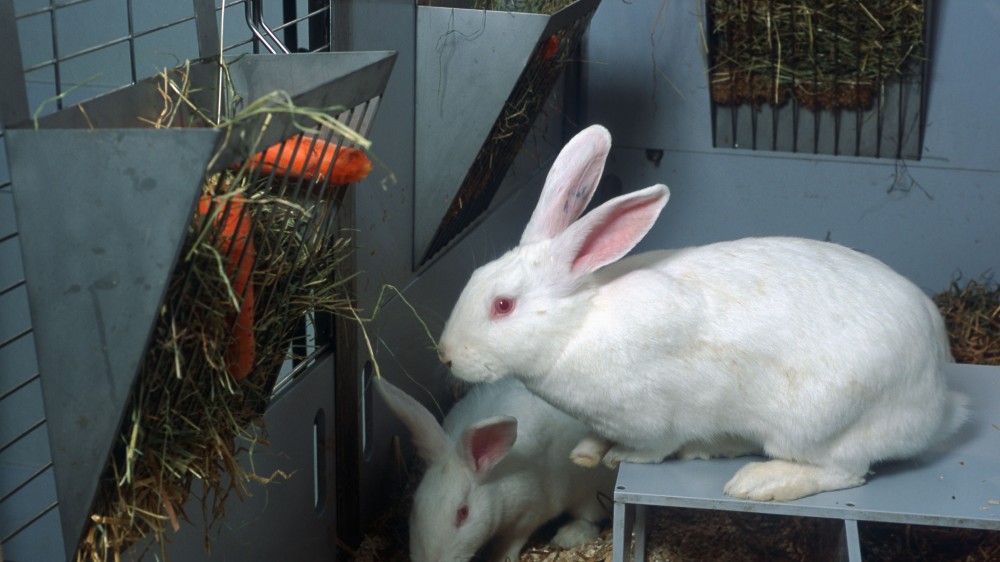
Information to help refine the housing and husbandry of the laboratory cat.

Information to help refine the housing and husbandry of the laboratory rat.
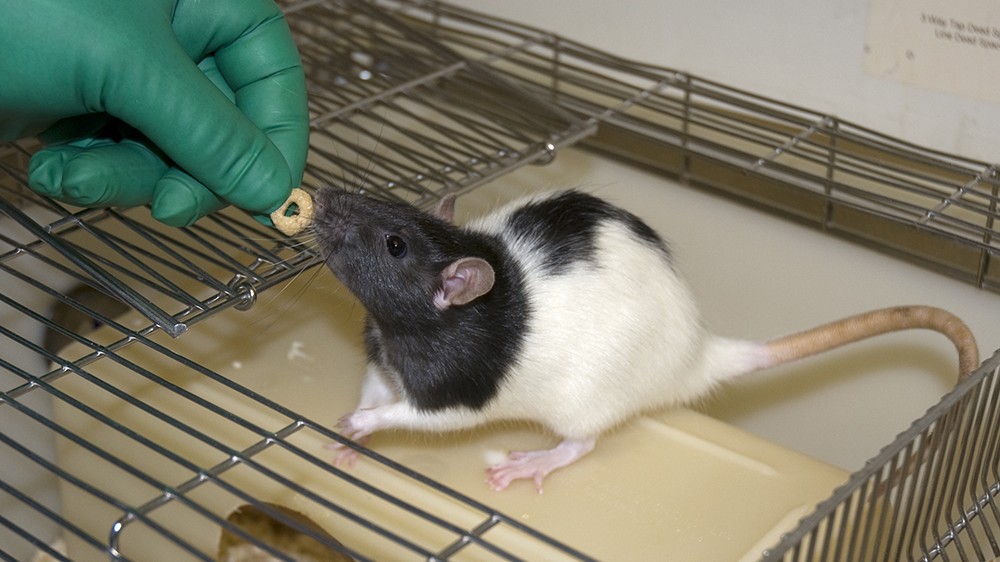
The positive impact playpens have on laboratory rat welfare, and guidance on how to set one up in your institution.

Information to help refine the housing and husbandry of the laboratory guinea pig.
